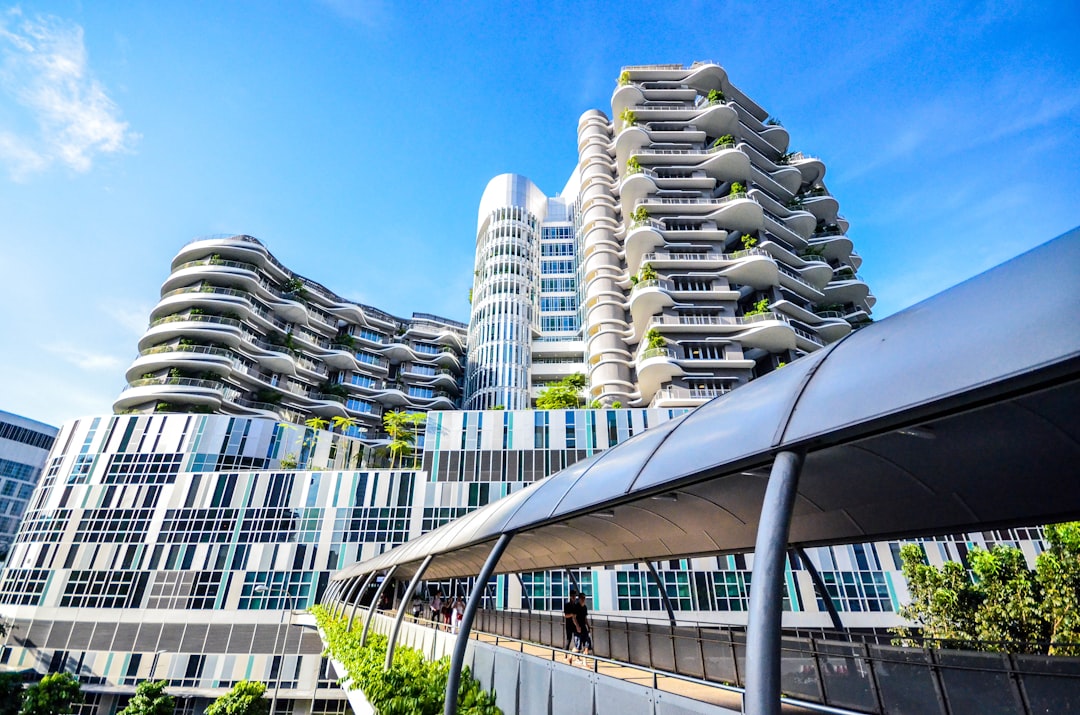What is it about?
The parietal lobe is a structure that suffers a severe decline throughout Alzheimer's Disease (AD). However, eye diseases that lead to a visual impairment (VI( raise neuroplastic changes in this lobe. The present paper examines the pathophysiological changes of the parietal lobe in AD and also the remodeling process that takes place in this brain region after a VI.
Featured Image
Why is it important?
We hypothesize that the increased activity of the parietal lobe in people with VI may diminish the neurodegeneration of this structure in this population. Thus, the enhanced neuroplasticity in the parietal lobe is much more relevant against degeneration than previously expected.
Perspectives
Writing this article was a great experience as all co-authors hav contributed to elaborate a new and different hypothesis. It was a pleasure to work with all of them in order to share ideas about neuroplasticity. I hope this article will help to better understand what is happening behind the parietal lobe.
Mónica Alba Ahulló-Fuster
Read the Original
This page is a summary of: The Parietal Lobe in Alzheimer’s Disease and Blindness, Journal of Alzheimer s Disease, October 2022, IOS Press,
DOI: 10.3233/jad-220498.
You can read the full text:
Contributors
The following have contributed to this page










